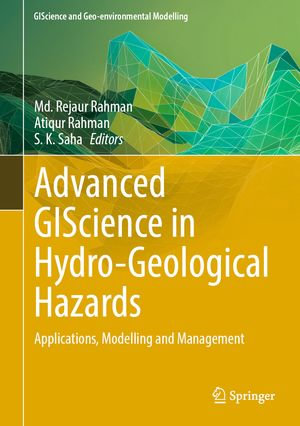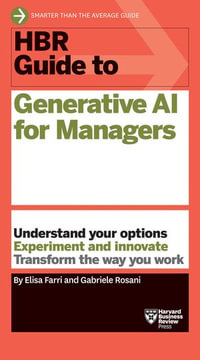
eTEXT
Advanced GIScience in Hydro-Geological Hazards
Applications, Modelling and Management
By: Md. Rejaur Rahman (Editor), Atiqur Rahman (Editor), S. K. Saha (Editor)
eText | 2 February 2025
At a Glance
eText
$329.00
or
Instant online reading in your Booktopia eTextbook Library *
Read online on
Desktop
Tablet
Mobile
Not downloadable to your eReader or an app
Why choose an eTextbook?
Instant Access *
Purchase and read your book immediately
Read Aloud
Listen and follow along as Bookshelf reads to you
Study Tools
Built-in study tools like highlights and more
* eTextbooks are not downloadable to your eReader or an app and can be accessed via web browsers only. You must be connected to the internet and have no technical issues with your device or browser that could prevent the eTextbook from operating.
ISBN: 9783031761898
ISBN-10: 3031761898
Series: GIScience and Geo-environmental Modelling
Published: 2nd February 2025
Format: ePUB
Language: English
Publisher: Springer Nature
You Can Find This eBook In
This product is categorised by
- Non-FictionEarth Sciences, Geography, Environment, PlanningGeographyGeographical Information Systems GIS & Remote Sensing
- Non-FictionEarth Sciences, Geography, Environment, PlanningThe EnvironmentNatural Disasters
- Non-FictionEngineering & TechnologyEnvironmental Science
- Non-FictionComputing & I.T.Computer ScienceArtificial Intelligence























